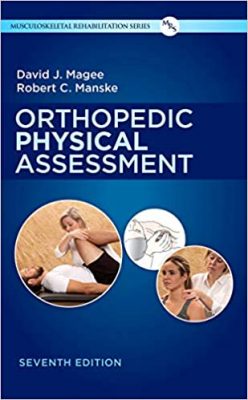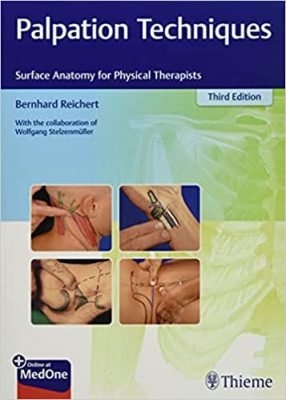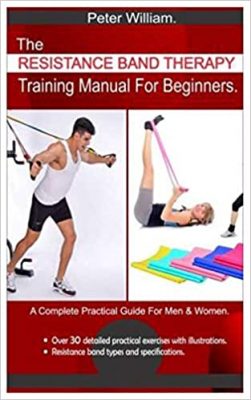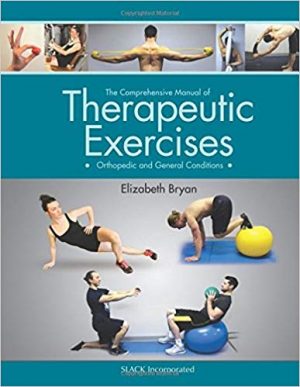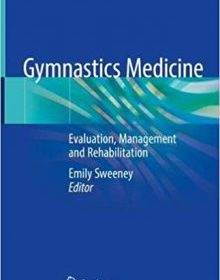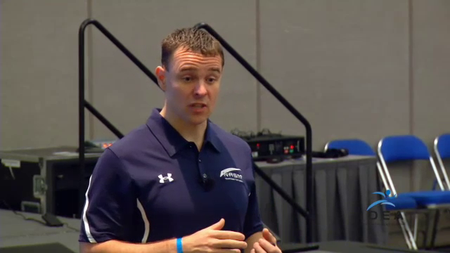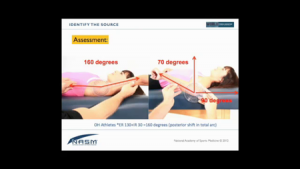The Pocket Atlas of Human Anatomy, Revised Edition
The Pocket Atlas of Human Anatomy, Revised Edition
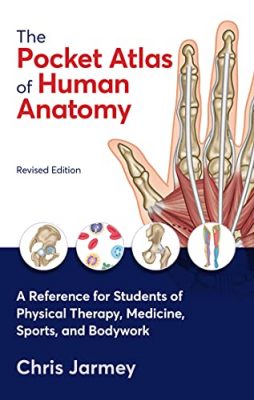
The Pocket Atlas of Human Anatomy, Revised Edition
This concise, medical book is a full-color on-the-go reference for students and practitioners of anatomy, massage, physical therapy, chiropractics, medicine, nursing, and physiotherapy. This second edition is more comprehensive, and now includes the skin, and the cardiovascular system, and more.
Chapters 1 through 7 explain anatomical orientation, tissues, bones, the axial and appendicular skeletons, joints, and skeletal muscles and fascia. Subsequent chapters detail the four major muscle groups with composite illustrations of each region’s deep and superficial muscles in both anterior and posterior views. Color tables show each muscle’s origin, insertion, innervation, and action.
A final chapter by Thomas W. Myers outlines myofascial meridians, presenting a map of fascial tracks and illustrating how they wind longitudinally through series of muscles. This new approach to structural patterning has far-reaching implications for effective movement training and manual therapy treatment.
DOWNLOAD THIS MEDICAL BOOK


